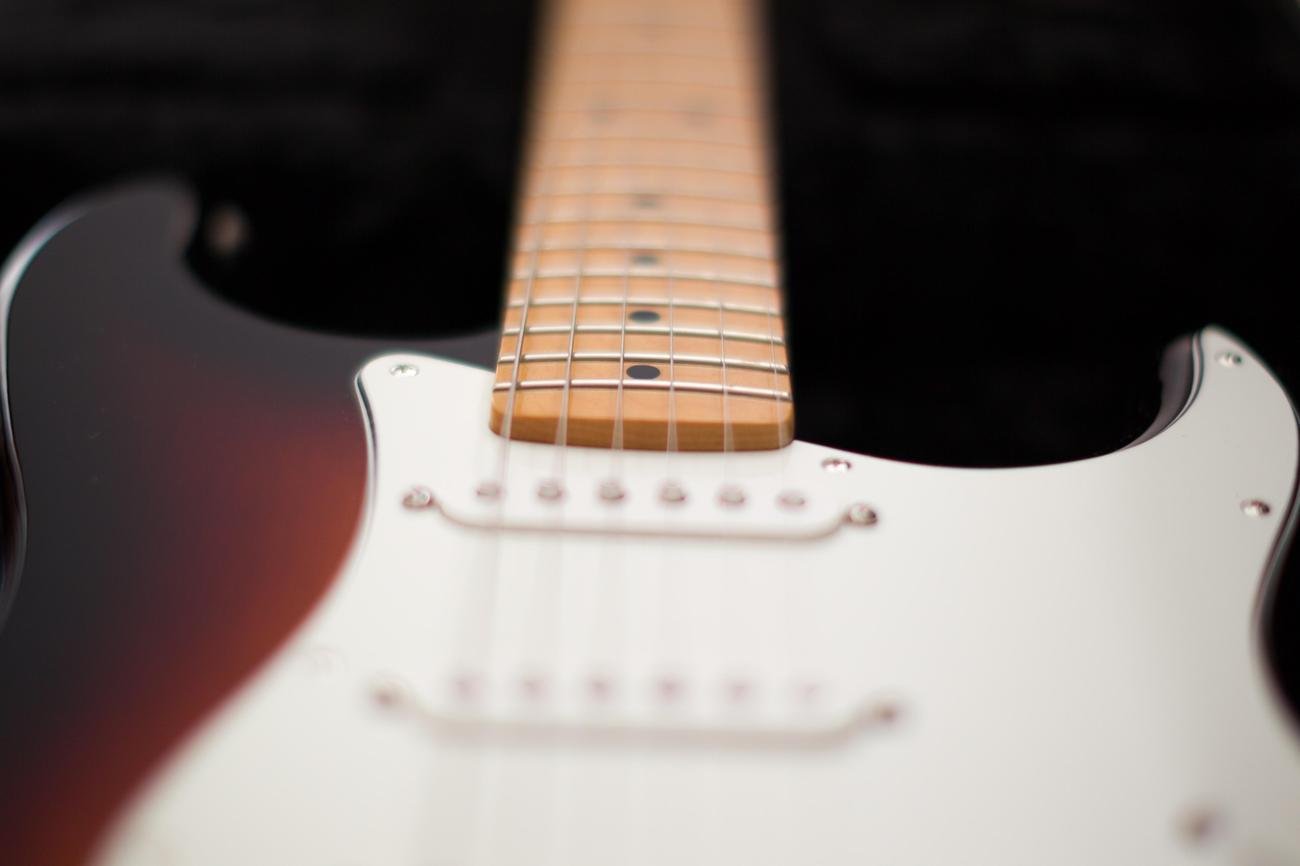Are you ready to dive into the fascinating world of electric guitars? If you’ve ever been captivated by the mesmerizing sounds and versatility of this iconic instrument, you’re in for a treat. In this article, we will uncover a treasure trove of electric guitar facts that will leave you in awe. Whether you’re a seasoned guitar enthusiast or just starting your musical journey, get ready to unlock the secrets and unveil the remarkable stories behind these beloved instruments. So, let’s embark on this educational and exciting exploration of electric guitars!

Electric Guitars Facts
As an avid guitar enthusiast and professional musician, I am thrilled to share with you some fascinating facts about electric guitars. From their inception in the 1930s to their iconic status in modern music, electric guitars have revolutionized the way we create and enjoy music. So, let’s dive into the realm of electric guitars and uncover some intriguing facts!
The Evolution of Electric Guitars
Did you know that the first electrically amplified guitar was discovered in 1931, but it wasn’t until 1940 that the first complete electric guitar was made? This remarkable innovation paved the way for a new era in music, allowing guitarists to amplify their sound and create a vast range of tones. Today, electric guitars are a core instrument in various genres, including rock, pop, blues, jazz, metal, punk, reggae, R&B, and more.
“The birth of electric guitars sparked a musical revolution, forever changing the landscape of modern music.”
The Anatomy of an Electric Guitar
Unlike acoustic guitars, electric guitars rely on electrical signals and amplifiers to produce sound. Electric guitars have pickups that convert the vibrations of the strings into electrical signals, which are then sent to an amplifier. This process gives electric guitars their distinctive sound and allows for experimentation with various effects. In contrast, acoustic guitars rely on the resonance of their wooden bodies to produce sound.
“Electric guitars harness the power of electricity to shape and transform sound, offering musicians a world of sonic possibilities.”
The Six-String Wonder
The most prevalent type of electric guitar is the six-string guitar, which consists of six strings in standard tuning. These strings can be played individually or strummed together to create chords and melodies. With its versatile range and widespread popularity, the six-string electric guitar has become a staple instrument for guitarists worldwide.
“The six-string electric guitar is a versatile masterpiece, capable of delivering melodies that resonate deep within the soul.”
Iconic Designs and Tones
When it comes to iconic electric guitar designs, the Fender Stratocaster is undoubtedly a standout. Its unique body shape, versatile tone controls, and distinctive sound have made it a favorite among guitarists for decades. The Stratocaster has been wielded by legendary musicians, leaving an indelible mark on the history of music. Its timeless design and unparalleled playability continue to inspire guitarists of all levels.
“The Fender Stratocaster is more than just an instrument; it’s a symbol of musical innovation and artistic expression.”
Unleashing Sonic Creativity
One of the many joys of playing an electric guitar is the ability to create a diverse range of effects. Whether it’s producing shimmering, swirling noises with a chorus pedal or unleashing a roaring distortion, electric guitars offer endless possibilities for sonic exploration. With the right combination of pedals and techniques, guitarists can shape and sculpt their sound to match their musical vision.
“Electric guitars unleash a world of sonic creativity, allowing musicians to paint with sound and express their emotions in ways words cannot.”
The Impact on Modern Music
From the birth of rock ‘n’ roll to the present day, electric guitars have played a pivotal role in shaping the sound of modern music. They have fueled the energy of countless live performances, graced countless studio recordings, and inspired generations of aspiring musicians. The electrifying riffs, soulful solos, and infectious melodies produced by electric guitars have become the heartbeat of popular music.
“Electric guitars have become the sonic catalysts that have fueled the evolution of music, immersing listeners in a world of captivating sounds.”
As we’ve explored these fascinating electric guitar facts together, I hope you’ve gained a deeper understanding of the impact and versatility of this incredible instrument. Electric guitars continue to captivate musicians and audiences alike, pushing the boundaries of creativity and allowing us to experience the magic of music in new and exciting ways. So, whether you’re a seasoned guitarist or just beginning your musical journey, grab your electric guitar and unlock a world of endless possibilities!
Remember, the world of electric guitars is full of surprises and discoveries just waiting to be made.
Electric guitars have a rich history and are loved by musicians all over the world. If you’re a fan of this iconic instrument, you’re in for a treat! We’ve compiled a list of 40 interesting facts about electric guitars that will blow your mind. From the invention of the first electric guitar to fascinating tidbits about famous guitarists, this list has it all. So, grab your favorite axe and prepare to be amazed by these incredible facts! 40 Interesting Facts About Electric Guitars
FAQ
Question 1
When was the first electric guitar invented?
Answer 1
The first electrically amplified guitar was discovered in 1931, while the first complete electric guitar was made in 1940.
Question 2
What is the purpose of an amplifier for an electric guitar?
Answer 2
An amplifier is used to produce sound when playing an electric guitar. The electrical signals from the guitar are sent through the amplifier, which increases the volume and enhances the tone.
Question 3
What genres of music commonly use electric guitars?
Answer 3
Electric guitars are used as a primary instrument in many music genres, including rock, pop, blues, jazz, metal, punk, reggae, and R&B, among others.
Question 4
How does the electric guitar produce different tones and effects?
Answer 4
By shifting the pitch of the guitar’s signal, the electric guitar can produce various effects. Different techniques, such as bending strings, using the whammy bar, or utilizing pedals, allow guitarists to achieve a wide range of tones.
Question 5
What is the difference between an electric guitar and an acoustic guitar?
Answer 5
Electric guitars have pickups that convert string vibrations into electrical signals, while acoustic guitars rely on the body of the guitar to amplify sound. This fundamental difference results in distinct tonal qualities between the two types of guitars.
















